Furniture and Interior Design Through The Years
Both furniture and interior design are continuously expanding subjects. Through changes in human living, technology advancement, and growing access to global travel, design has come a long way since the start.
Despite these constant changes and the vast ranges of styles that we have seen emerge through the years, many of us may still have preferences to particular eras of design. Or perhaps even a mixture of multiple styles together. This is why bespoke furniture is such a brilliant way to furnish your home. You can create unique, timeless furniture that can be inspired by your favourite design eras – even if they are from the past.
Below we go back to the 1400’s to see the development of interior design and what each era represents…
RENAISSANCE 1400AD
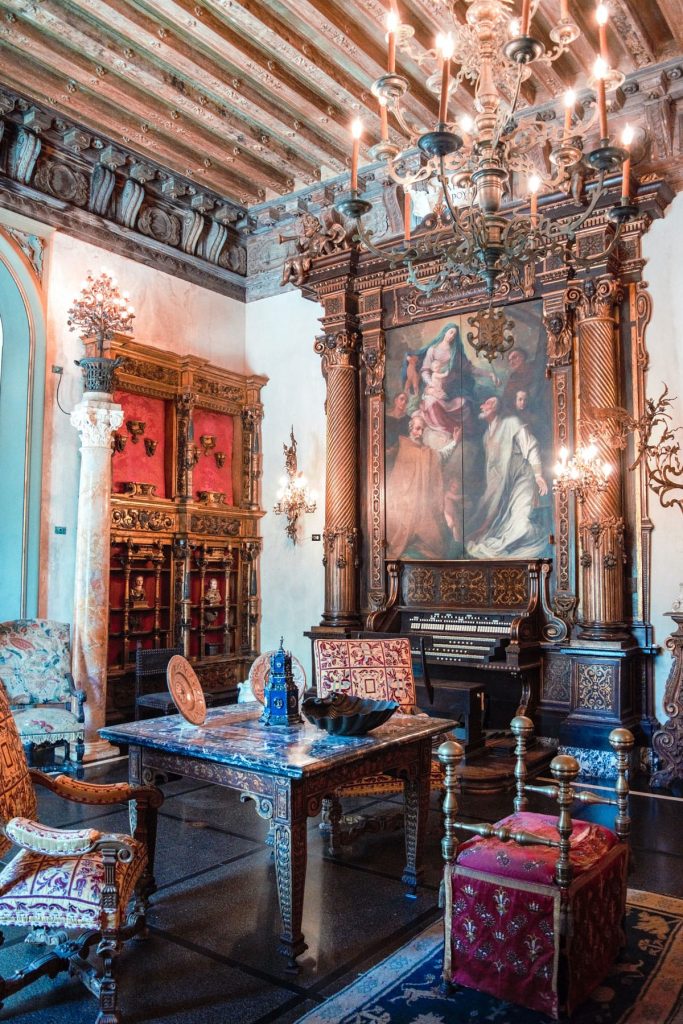
The Renaissance period was all about grandeur. Textiles were luxurious, fabrics were expensive, and furnishings were elaborate. There was an emphasis on symmetry and ornate details.
Walnut was a popular choice for furniture, and it would be carved with incredibly intricate and decorative motifs. Decoration on these pieces of handmade furniture would often consist of frames, mouldings, lion heads, garlands, beads, and caryatids.
BAROQUE 1600s
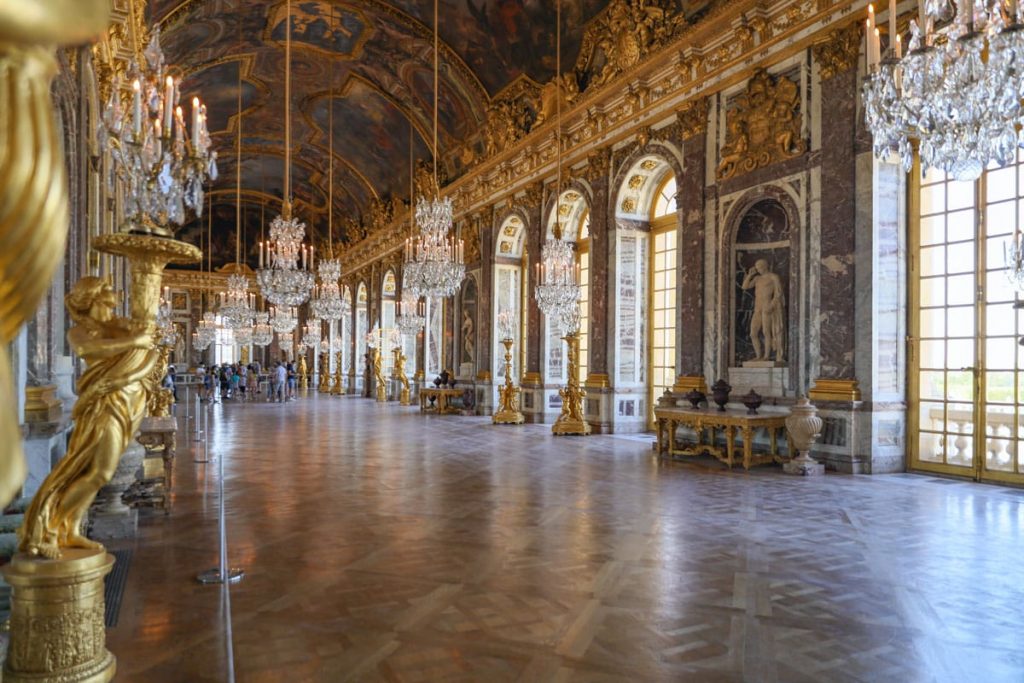
The Baroque movement began in Italy around the 1600s and then later spread throughout Europe. It is a lavish and highly ornamental style of design with an emphasis on emotion and placing the viewer at the heart of the drama.
Intricate tapestries, bronze sculptures, stained glass, twisted columns, gilded everything, crystal chandeliers, and sculpted mirrors, are all components of the Baroque style. Hand-painted ceilings were also popular for creating the illusion of a higher ceiling open to the sky – described with the term ‘trompe l’oeil’ meaning ‘deceives the eye’.
ROCOCO 1740
Rococo design, originating from Paris, first came to England in engraved ornaments and silver. This style was very theatrical and ornamental consisting of predominantly gold and pastel colours.
Furniture designers Matthias Lock and Henry Copland published a series of prints in which introduced a distinctively British form of Rococo scrollwork. This was widely adopted for woodcarving and other decorative work.
Thomas Chippendale was another fashionable design and cabinet maker who created a trademark fusion of Rococo style with Chinese and Gothic elements.
NEOCLASSICAL 1750
The Neoclassical period took inspiration from Ancient Greek and Roman cultures. Silk and velvet were popular materials along with details of bronze and gold. The focus was on elegance and sophistication but not as conspicuous as the display of wealth from the Baroque era. Spacious layouts emphasised horizontal/vertical lines, and timeless artwork are all characteristics of a neoclassical interior.
VICTORIAN 1837-1901
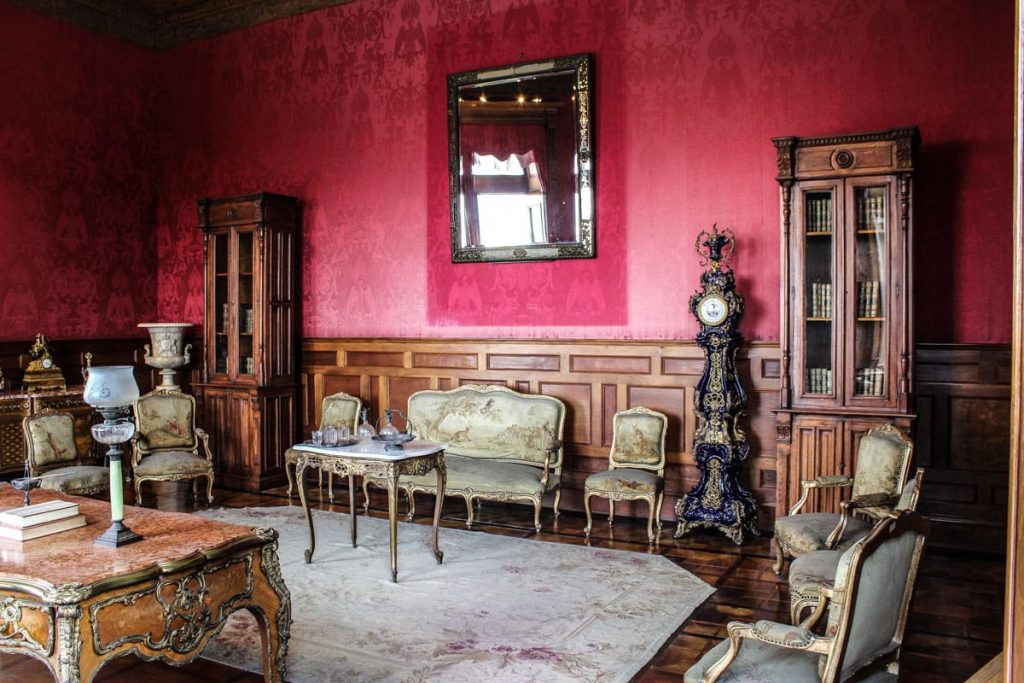
Design in this period reflected the expansion of world trade and growing global influences. Prominent features within this era include rich colours, rooms crowded with furniture, plump overstuffed armchairs, floral wallpapers, and heavily carved details.
Mass production through the industrial revolution meant more affordable items for a greater number of homeowners to purchase.
ARTS AND CRAFTS 1880
The Arts and Crafts movement developed as an opposition to the industrial revolution – people wanted traditional crafts and classic elements in their furnishings. The focus was on natural qualities with raw materials, with motifs and patterns inspired by nature.
ART NOUVEAU 1890
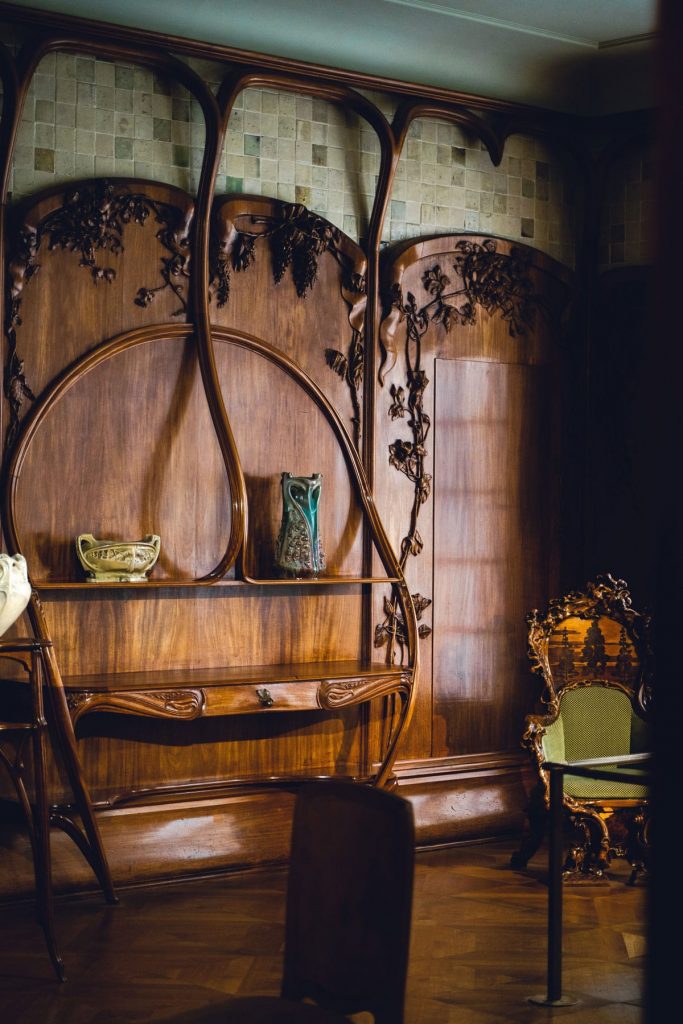
Art Nouveau was inspired by all fluid forms within nature. Design from this era presents many asymmetrical shapes, arches, curves, plant-like embellishments, natural silhouettes, swirling lines, and botanical elements.
ART DECO 20’S
Art deco, originating from Paris, was largely influenced by Cubism and Bauhaus. It represented everyday glamour, elegance, and the social/technological progress. It consisted of sleek geometric detailing, clean lines, angular shapes, brown leather, mirrored finishes, and ornate embellishments.
MID CENTURY MODERN BEGINS 1930’S
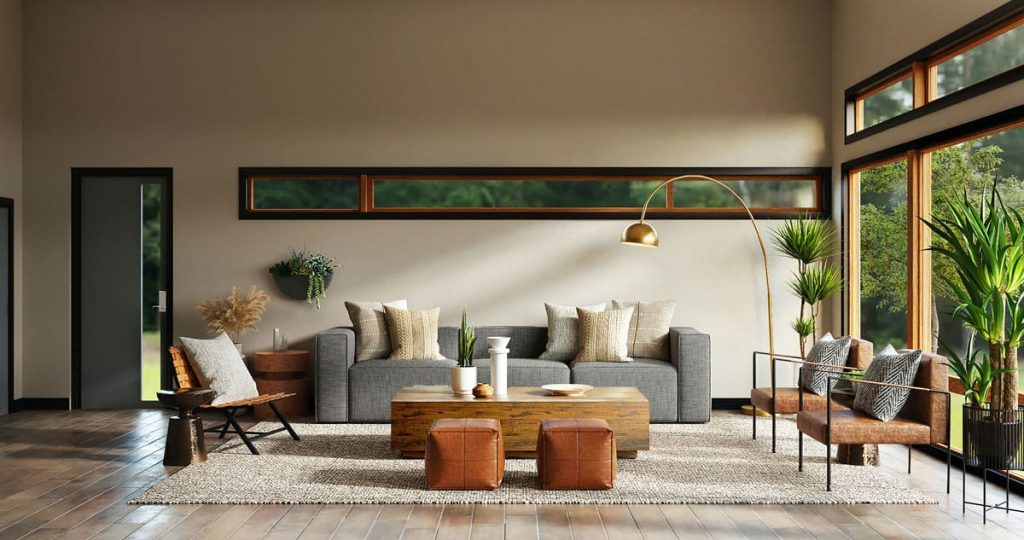
Mid-century modern design began around the 1930s but was particularly prominent in the 40s. Despite this it is still a very fashionable and popular choice for interior design today. The idea behind mid-century modern was about bringing nature indoors.
This style often includes big windows, open plan rooms, simplicity, organic and geometric shapes, and contradicting materials/textures. Colours are mostly neutral – white, black, and woody tones- with touches of bolder colours – oranges, deep reds, sea blues, and earthy greens.
THE 70’S
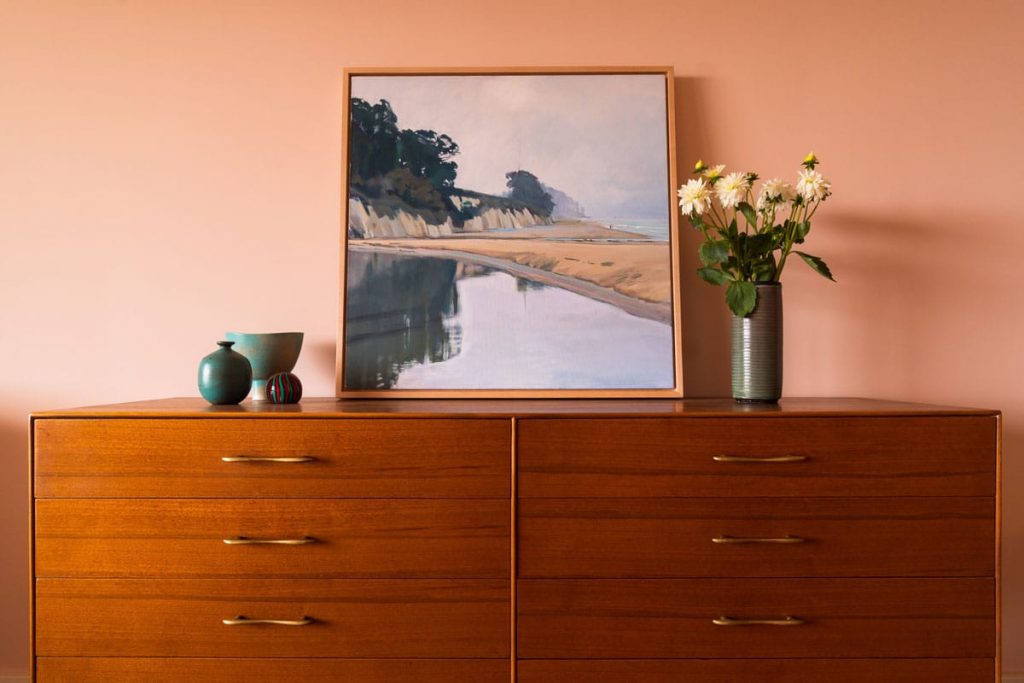
While it’s hard to put a name on what design style dominated the 70’s, it unquestionably had some distinct and memorable trends. Bold colour schemes may be something that many of us associate to this time – avocado green bathrooms or burnt orange fridges were especially popular.
The hippie movement certainly had an impact on the design of this era and was all about connecting with nature. Bright patterns, earthy tones, stone fireplaces, wall art, and skylights were all prominent features of the 70’s design.
Teak was a very fashionable wood and, continuing from Mid-Century, the furniture would consist of simple and elegant forms.
CONTEMPORARY 80’S
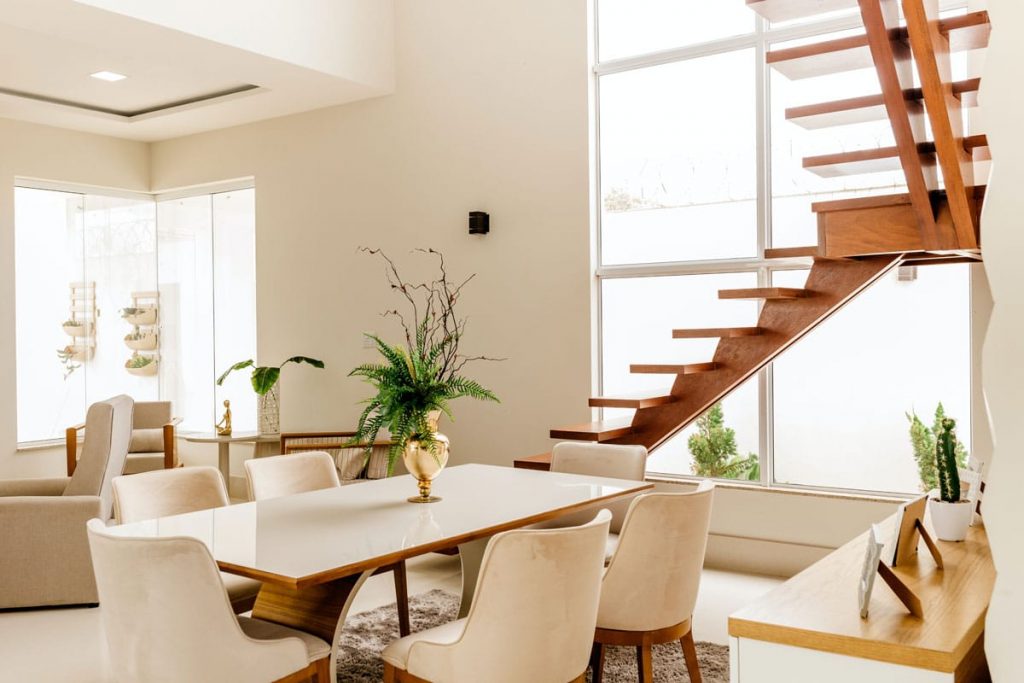
Contemporary design is still a very current, popular interior design choice. It represents subtle sophistication with the focus being on the space rather than the things within it. Some characteristics of the contemporary design include natural materials, cool tones, sleek surfaces, and clean curved lines.
2000’S
The 2000’s saw a range of trends. From Tuscan style kitchens to minimalist living spaces, it’s difficult to pin down a single overarching theme. Shabby chic was a popular choice, consisting of soft colours, natural materials, mismatched vintage items, and an overall worn look. We have also seen mid-century modern resurface, along with Victorian inspired interiors.
TODAY
Today interior design styles have grown more individual and are often inspired by self- expression and personal taste. Rather than having specific set trends we are seeing more people decorate their homes taking inspiration from past design styles and mixing them up with new and unique ideas. Bespoke furniture is growing more and more popular because of this – it allows people to communicate their individuality and personal style through their furniture.
Salcey Cabinet Makers are makers of beautiful bespoke kitchens and furniture, and propose a full bespoke service to any requirement, from hand drawn designs to final installation. No awkward spaces, uneven walls, low ceilings, beams, or any feature is a problem for the expertise of our Cabinet Makers.
For frequent updates and insights into recent projects you can also find us on both Instagram and Facebook.
For an obligation free proposal please email zena@salceycabinetmakers.co.uk
Latest posts
- The History of Cabinet Making
- 2024 – Bespoke Kitchen & Furniture Overview
- The Evolution of Modern Furniture Design
- Our Feature in the Listed Heritage Magazine
- Why You Should Have a Bespoke Bathroom
- The Benefits of a Kitchen Island
- Timeless Kitchen Trends
- How The Arts & Crafts Movement Inspired Furniture Design
© 2025 Salcey Cabinet Makers | Created by Rak Design